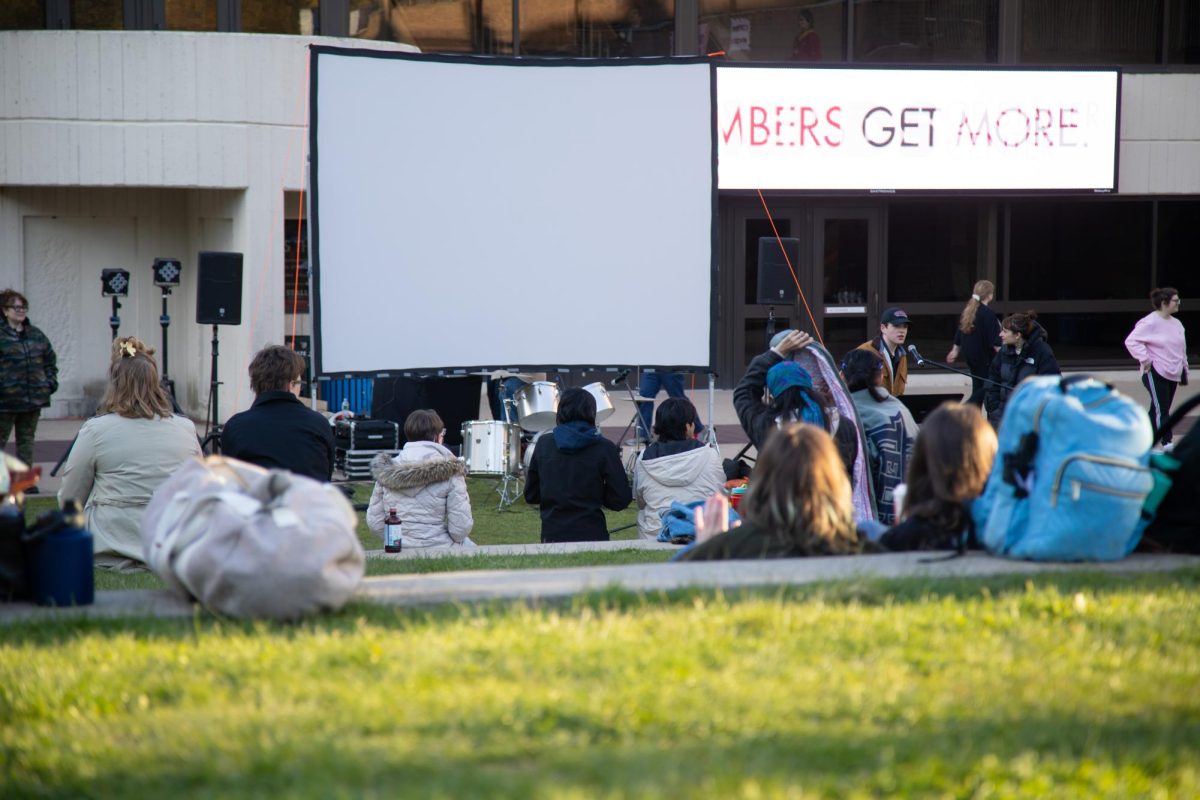The United States has long been a popular destination for foreigners to flock to, whether it was for permanent residence or just to see the sights and visit. It’s now popular for another reason: education.
Over the years, the amount of students traveling to the U.S. for higher education has been steadily increasing. According to “Open Doors 2012: International Enrollment Increased by 6 Percent,” a press release given by the Institute of International Education (IIE,) the amount of international students in U.S. schools has increased every year for the past few years.

The Open Doors report for the 2011 – 2012 school year stated that 764,495 international students are enrolled in U.S. higher education (i.e. colleges and universities). This is a six percent increase from the previous academic year. It is also a record high for international students in U.S. colleges and universities.
The term “international student” is rapidly starting to apply to U.S. students as well. More and more U.S. students are flocking to other countries in study abroad programs. U.S. students saw a one percent increase in study abroad participation compared to the previous year. There were 273,996 U.S. students studying overseas in the 2010 – 2011 school year—another record high.
Stony Brook is no exception to these trends. According to official enrollment statistics released by the university, in the fall of 2010, there were 2, 986 international students from 111 countries. Two years later, in the fall of 2012, there are 3,611 international students from 110 countries. Professor William E. Arens, Dean of International Academic Programs said that there used to be 80 students coming in versus 1,000 now.
Stony Brook’s international students fall into several categories. There are international students who are actually enrolled as Stony Brook students, international students on study abroad programs, and international students in international exchange programs. An international exchange program differs from study abroad in that in an exchange program, a U.S. student will go overseas and an international student will take his or her place. In a study abroad program, a student just travels overseas for a certain duration of time without displacing another student. If an international student wants to stay for multiple years and be a part of Stony Brook, he or she must go through the Admissions department, Professor Arens said.
Professor Arens claimed that Stony Brook has such a large demographic of international students because students overseas know Stony Brook has strong academic programs. “They come here because Stony Brook University has a stronger reputation in Asia than in Queens [New York],” Professor Arens said.
SBU indeed has a strong reputation internationally. Stony Brook is part of the AAU, the Association of American Universities. This list comprises sixty U.S. and two Canadian schools that are leading research institutions. According to the AAU website, the AAU was founded in 1900 to help advance the standing of American research schools internationally.
Hao Long Ning, an international student, is a graduate student in his fifth year at Stony Brook who is studying for a master’s degree in computer science. He said that he came to Stony Brook because SBU has a good reputation and good computer and math programs. “They have top programs,” he claimed.
Changchup Sherpa, a sophomore with a major in political science, is Tibetan; however, she was born and raised in Nepal. She came to Stony Brook in fall 2011 as a freshman. “The reason I came here was because to attain a good education, but not just the education. It’s also the global experience, and about learning from that experience,” she said.
Sherpa says that her cousin went here and that her parents wanted her to apply here as well. “I’m glad that I decided to take the risk and go for college miles away from home. It’s definitely been an awesome learning experience so far,” Sherpa said.
In 2012, the countries that sent the most students to the U.S. were China, India, the Republic of Korea and Taiwan. They respectively sent 1,592, 476, 627 and 102 students to Stony Brook each year. These numbers are a total of undergraduates and graduates on F1 and J1 visas.
According to the Profile of Stony Brook Students, Fall 2012, international students make up eleven percent of undergraduates and twenty-six percent of graduate students. In total, international students made up sixteen percent of SBU students.
The International Student Organization (ISO) works to help assimilate these students into American society. President Audrey See Tho said that part of their mission is to promote diversity on campus.
ISO runs a program that pairs up international students and American students for a semester. These students meet once a week to get to know one another and learn about other languages and cultures. “The students meet up for anything at all and meet up anywhere—off campus, the library. They are encouraged to talk and get to know each other,” See Tho said.
Tho hopes that the program will expand. At the moment, they approach students in four different honor societies, NRHH and NICS being two of them, to participate in the program as well as recruit other students at the beginning of the semester.
Tho herself transferred here from Malaysia. She is in her third semester at Stony Brook and is a psychology major.
Stony Brook is also on par with the national numbers of students going abroad to study.
Professor Arens said that the office of Study Abroad and International Exchange programs send about 500 – 600 students overseas each year. This number has been increasing over the years. “Every year we see an increase. Eight years ago, 120 students went abroad, now around 600 go,” said Professor Arens.
Professor Arens also encourages students to go overseas for their studies. He said that it was a major benefit when applying for jobs since more companies and organizations are looking for international experience. Professor Arens also claims that certain classes, such as architecture, can be taken in other countries while they can’t be taken at SBU. In addition, he suggests that students travel in their second year since that time would be least likely to interfere with required classes for one’s major.










